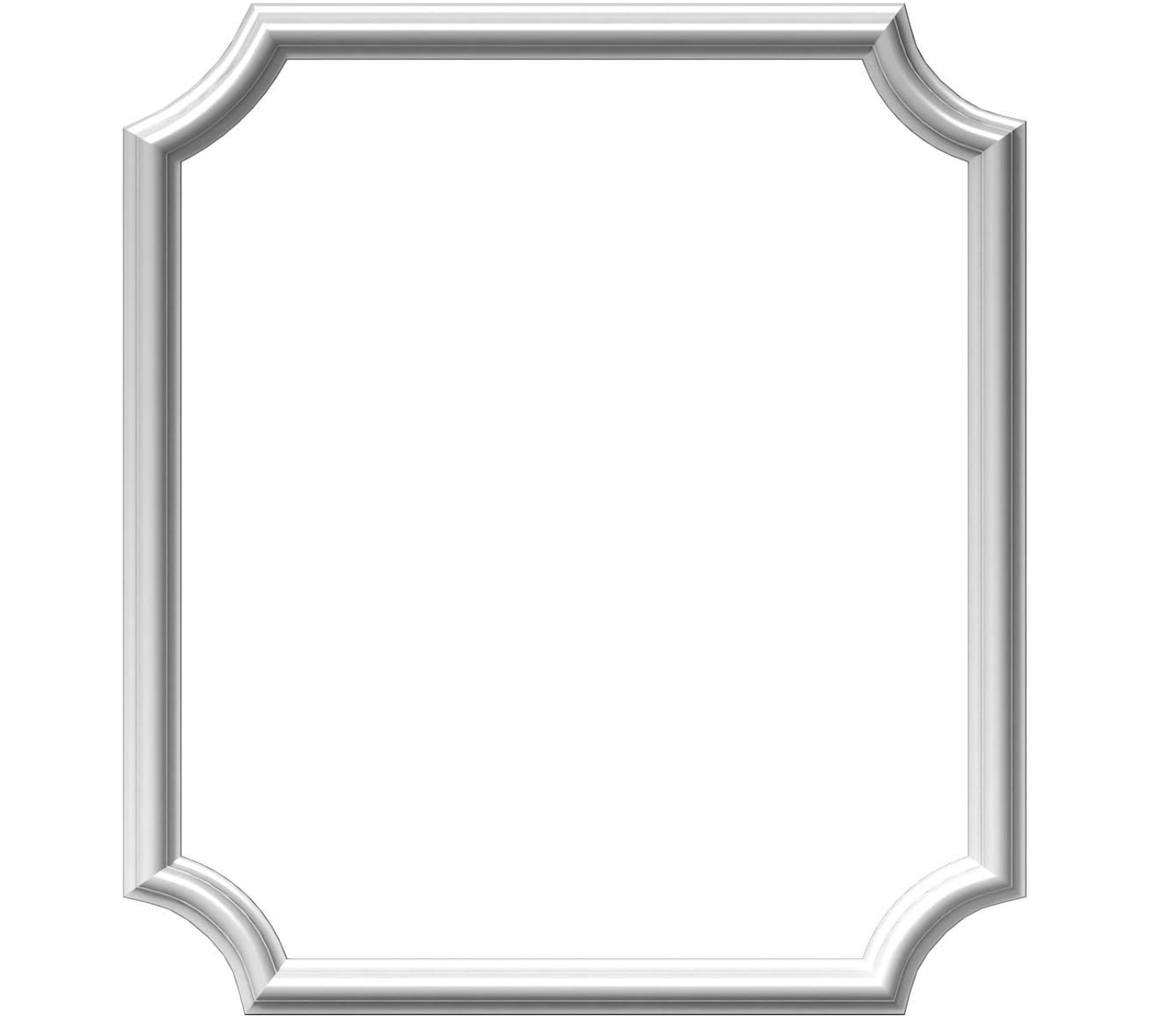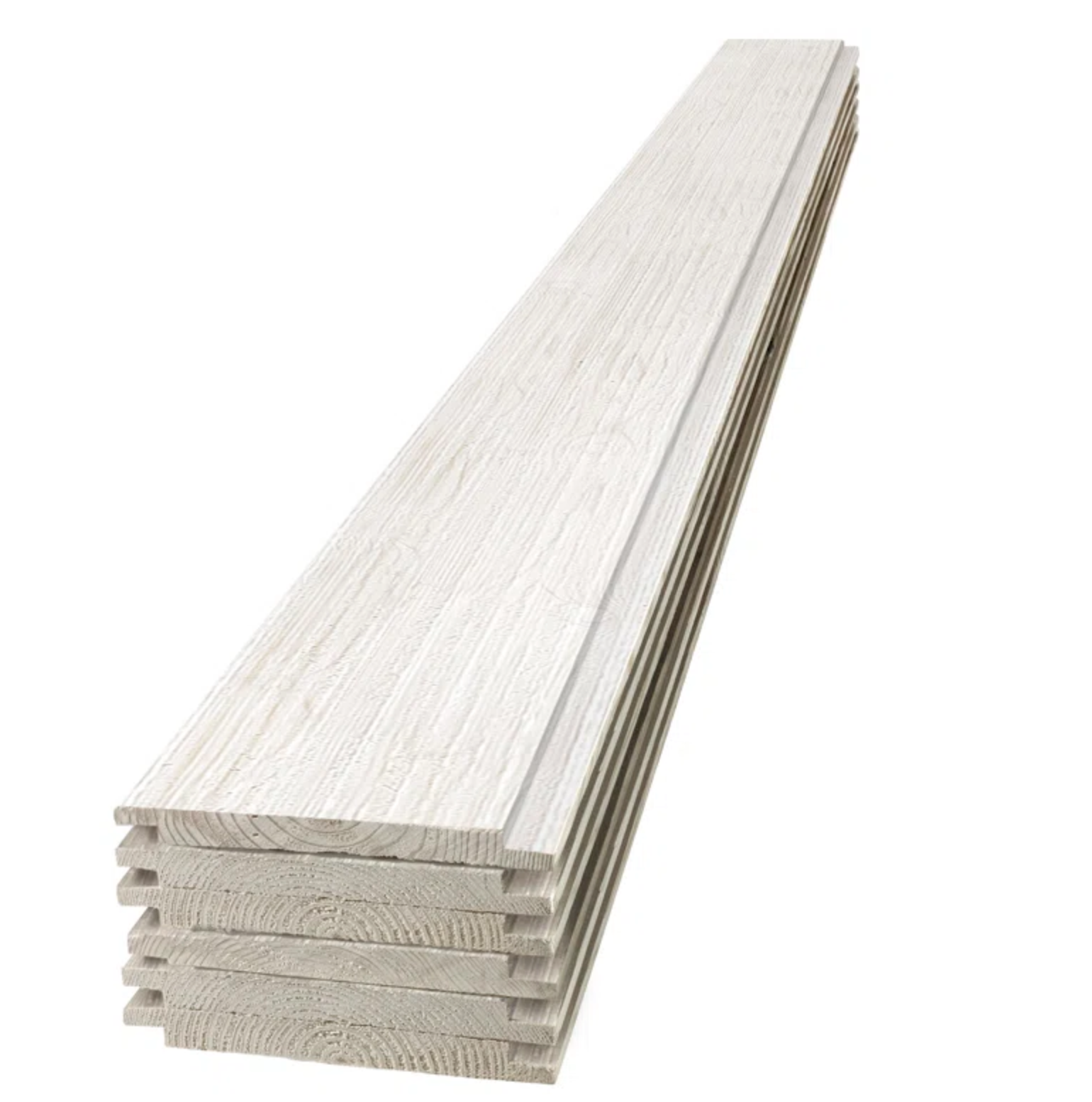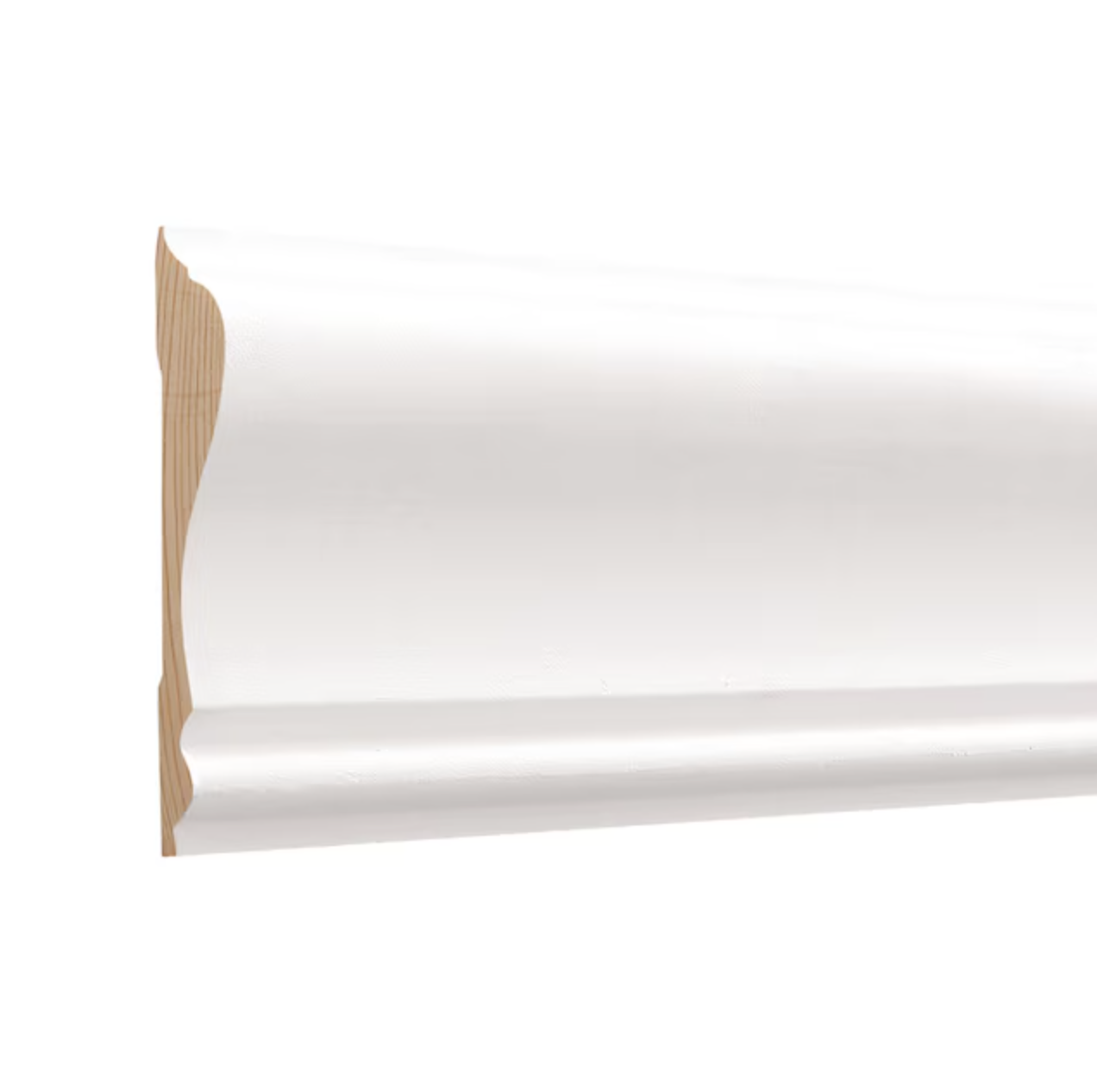What is wainscoting? Everything you need to know about this timeless wallcovering that never dates
Designers love the way wainscoting brings character, coziness and elevated architectural detail to any room
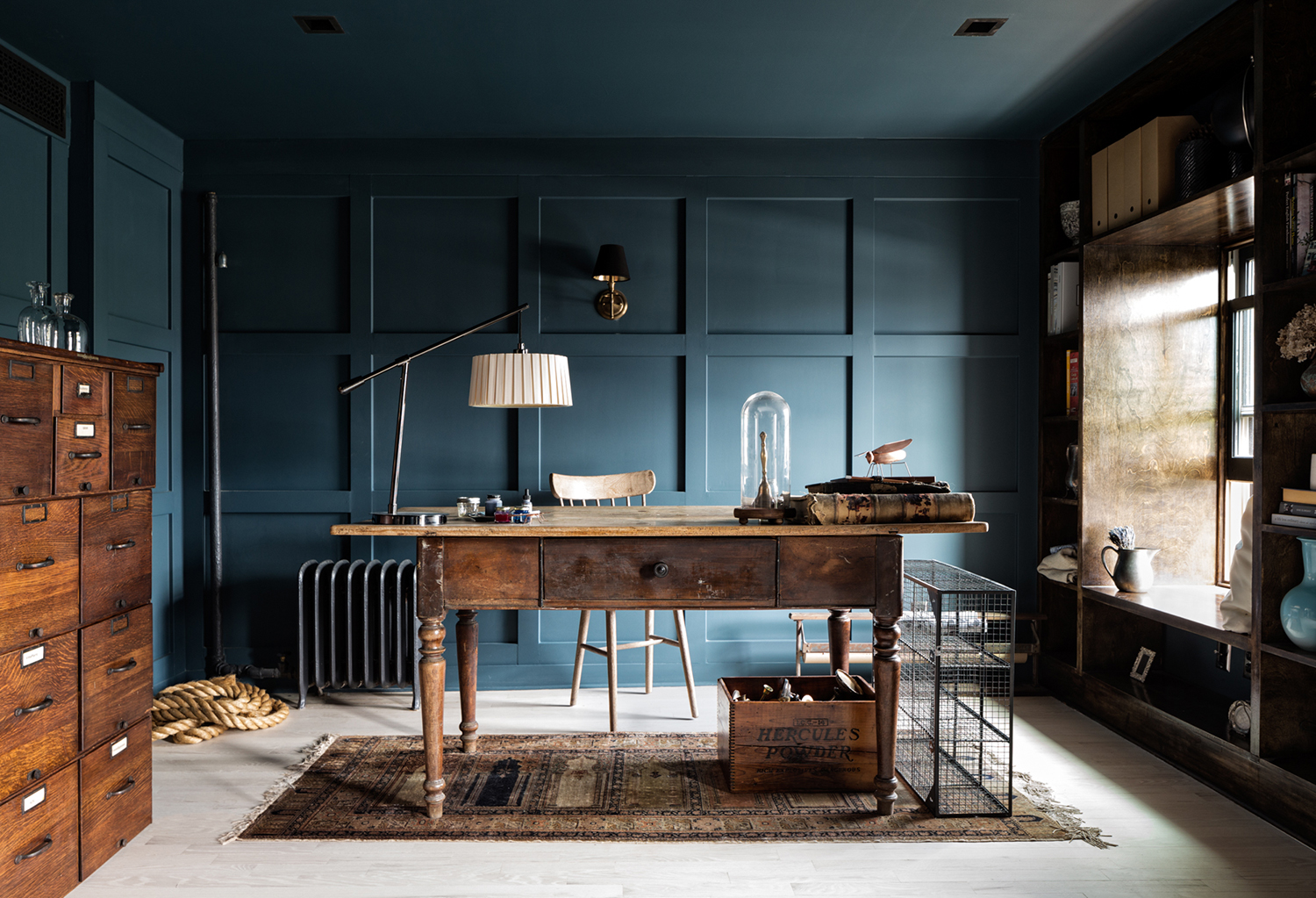
- What is wainscoting?
- Where does wainscoting work best?
- What effect does wainscoting create?
- What rooms should you not use wainscoting in?
- Is wainscoting difficult to install?
- How much does it cost to add wainscoting?
- Should you paint wainscoting the same color as the walls?
- Is wainscoting easy to maintain?
- Should wainscoting be on every wall?
- Does wainscoting make a room look bigger?
- Does wainscoting add value to a home?
- Where to buy wainscoting
Wainscoting is a decorative trend that never goes out of style. Around for centuries, and found in 16th-century English cottages and colonial American homes alike, designers love the way that it brings warmth, charm, coziness, and interest to whatever space it's used in.
But there are many styles to choose from, and many factors to take into consideration before you start applying it to every corner of your home. 'I do love a paneled wainscot,' says the interior designer Anne McDonald. 'It’s a bit more elevated and formal than a bead board or tongue and groove, which tends to lean towards informality.'
For more on decorative nuance and the hints and tricks for applying it, painting it, and maintaining wainscoting, this expert guide will tell you everything you need to know about this classic wall decor idea.
What is wainscoting?
Wainscoting is the name for the many different styles of wall paneling that can be fixed to a wall. It's a historic detail that is often an original and authentic part of older houses, but in more recent times it has become an interior design trend in its own right, used by designers and homeowners to add – or put back - character where there isn't any.
Wainscoting is often made from lower grade wood planks. It comes cut into various widths and styles – it can be as thin as bead boarding (which is around 0.6 inches wide) or as broad as tongue and groove panels, which can be around 5 inches wide. It is fixed to the wall with adhesive and is usually painted over to be the same color as the wall behind it.
Fixing wainscoting to the wall is a relatively straightforward job, and while professionals can have it up with ease it's also a task that even the least handy homeowner should be able to manage.

Based in Minnesota, Anne McDonald has worked on projects across the US, both residential and commercial office spaces. Anne’s designs are warm, elevated and have a grounded sensibility. She believes in finding the pleasure within utility, and balancing historic preservation with modern day living - having used wainscoting in multiple spaces.
Where does wainscoting work best?
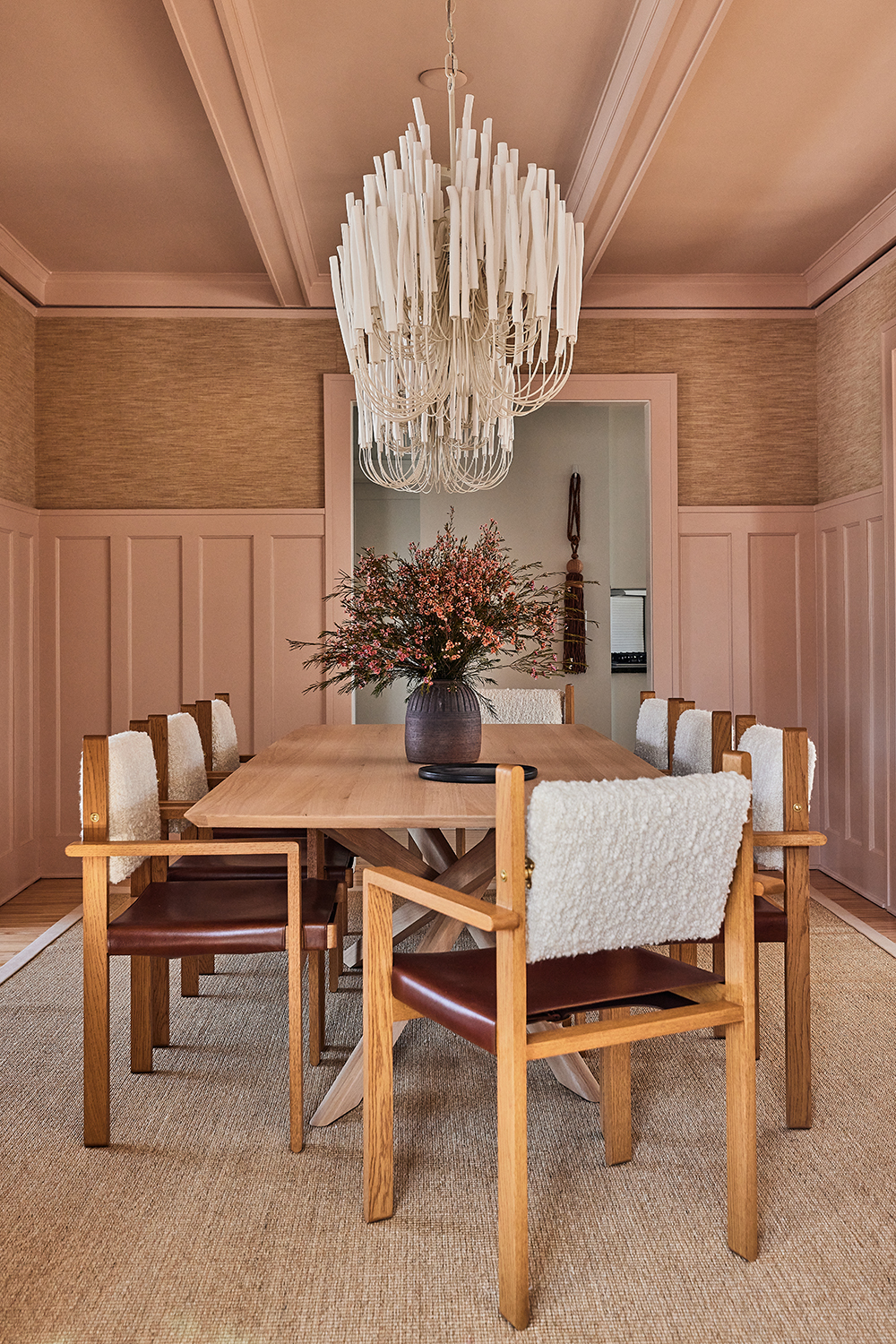
The Minnesota-based interior designer Anne McDonald (founder of Anne McDonald Design) is a big fan of wainscoting and has used it in many projects. But she won't fix wainscoting into every space.
'It is really dependent on a home’s architecture,' she says, having chosen to use a wider form of wainscoting in this dining room, above. 'This room was in a craftsman 's-style house, and so it fitted really well to the age and era of the building. If I choose to incorporate wainscoting into a space it's because it needs an infusion of architectural detail, and because it'll be sympathetic to the broader architecture of the home.'
The New York-based studio Bespoke Only also uses wainscoting in many projects, but again has similar caveats as to when is the right time. 'In general, I'd only use it when we want to add architectural details,' says the studio's founder Melissa Lee. 'The type of property should be fitting though, and be either a historic home or a cottage style which takes to wainscoting well.'
What effect does wainscoting create?
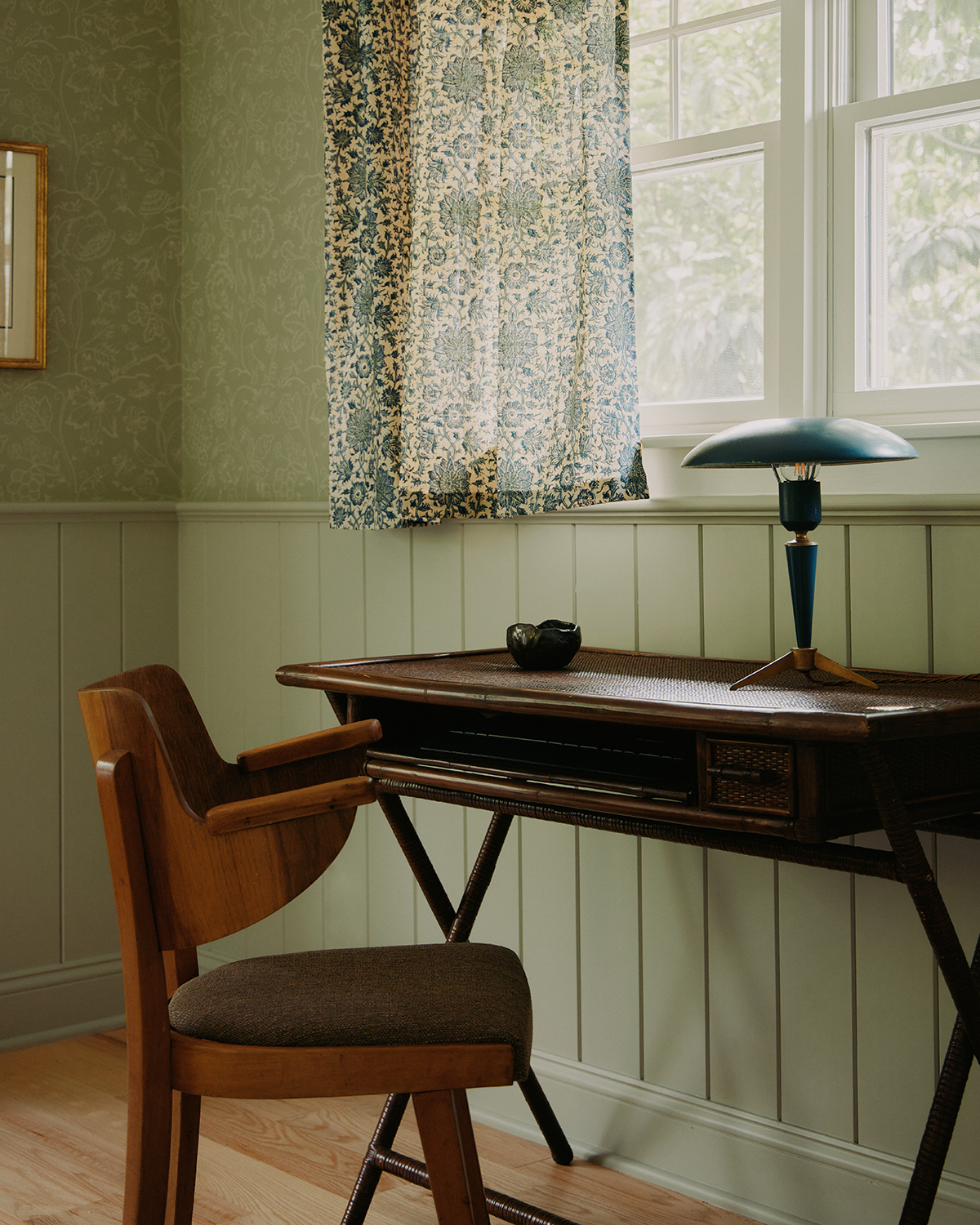
As there are many different types of wainscoting, each style provides its own unique effect. 'Bead board gives a room a more linear feel, while shiplap or boards have a more cottage look and feel,' Melissa says. 'Whatever the style you go for, wainscoting is a wonderful finishing touch, and adds a lot of character.'
Ann is in agreement. 'To me, there is nothing worse than walking into a blank shell of a room that might have a baseboard or trim but really needs a little bit more in order for you to feel engaged with it,' she says. 'Wainscot is a perfect way to infuse that sense of depth into a room, it's like a framework on which everything else you want to add to the room can happen. It has the fixing effect of a Band Aid, making rooms more cosy and elevated.'
What rooms should you not use wainscoting in?
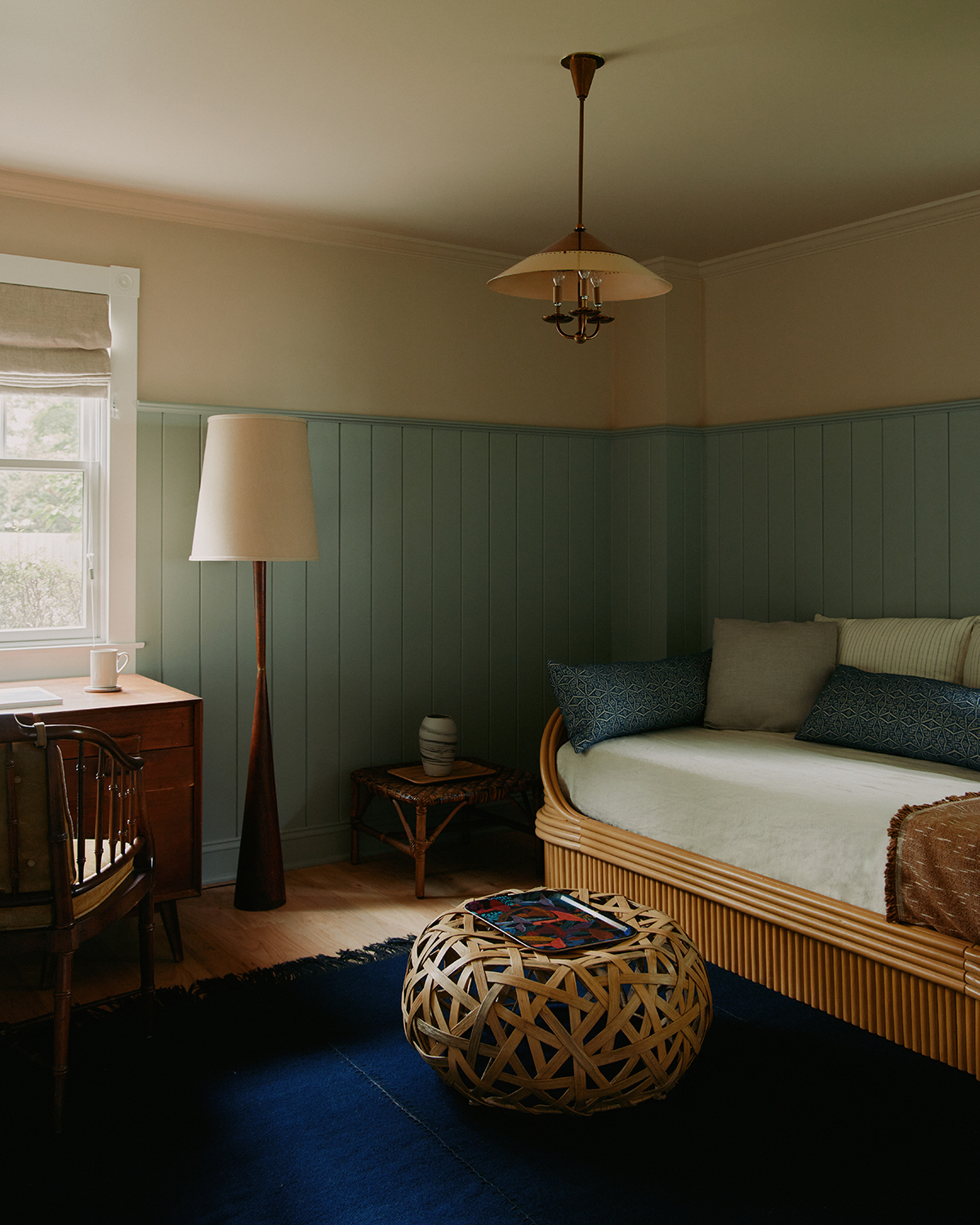
Because wainscoting has the ability to make rooms that are lacking feel like they're finally finished, it can be tempting to use it on every wall. But that's not quite the right approach.
'I think there are certain formal rooms that need full height paneling – less of a wainscot, and something more grandiose,' Anne says. 'Wainscot tends to make rooms feel a bit less formal, more like you can relax into them, so anywhere you want to be really grand I probably wouldn't use it.'
'I'd be quite sparing with wainscoting in a modern home,' Melissa says. 'Perhaps just adding a paneled version to a space like a laundry area.'
Is wainscoting difficult to install?
One of the joys of wainscoting – and perhaps one of the reasons why designers love it so much – is how simple it can be to include it in a project.
'It's super easy to install,' Melissa says. 'It often comes in panels, or bead board comes in boxes ready to use, so it’s very suitable for DIY. The only bit that can be tricky for some people is doing the math to calculate the widths and heights and how much wainscoting you'll need!'
Anne agrees that it's easy to install, and says the trickiness comes only from picking the right style. 'It needs to fit with the home fundamentally,' she says. 'It can be tempting to embrace the trend for, say, modern farmhouse, without factoring in if it will suit your home. You have to be a little sensitive to your immediate surrounding when installing wainscoting.'
One of the reasons wainscoting is such an easy DIY project is that you can be quite heavy-handed in the painting of it – it doesn't need to be overly finessed at every stage.
'I'd usually use a roller first, then get a brush for the top coat,' Melissa says. 'It’s then much easier to touch up if you ever need to.'
Anne agrees that a brush coat is best for wainscoting. 'I always like a brush, as it gives a little bit of texture,' she says. 'The sense that it's been around for a while - it makes wainscoting feel a bit more authentic.'
How much does it cost to add wainscoting?
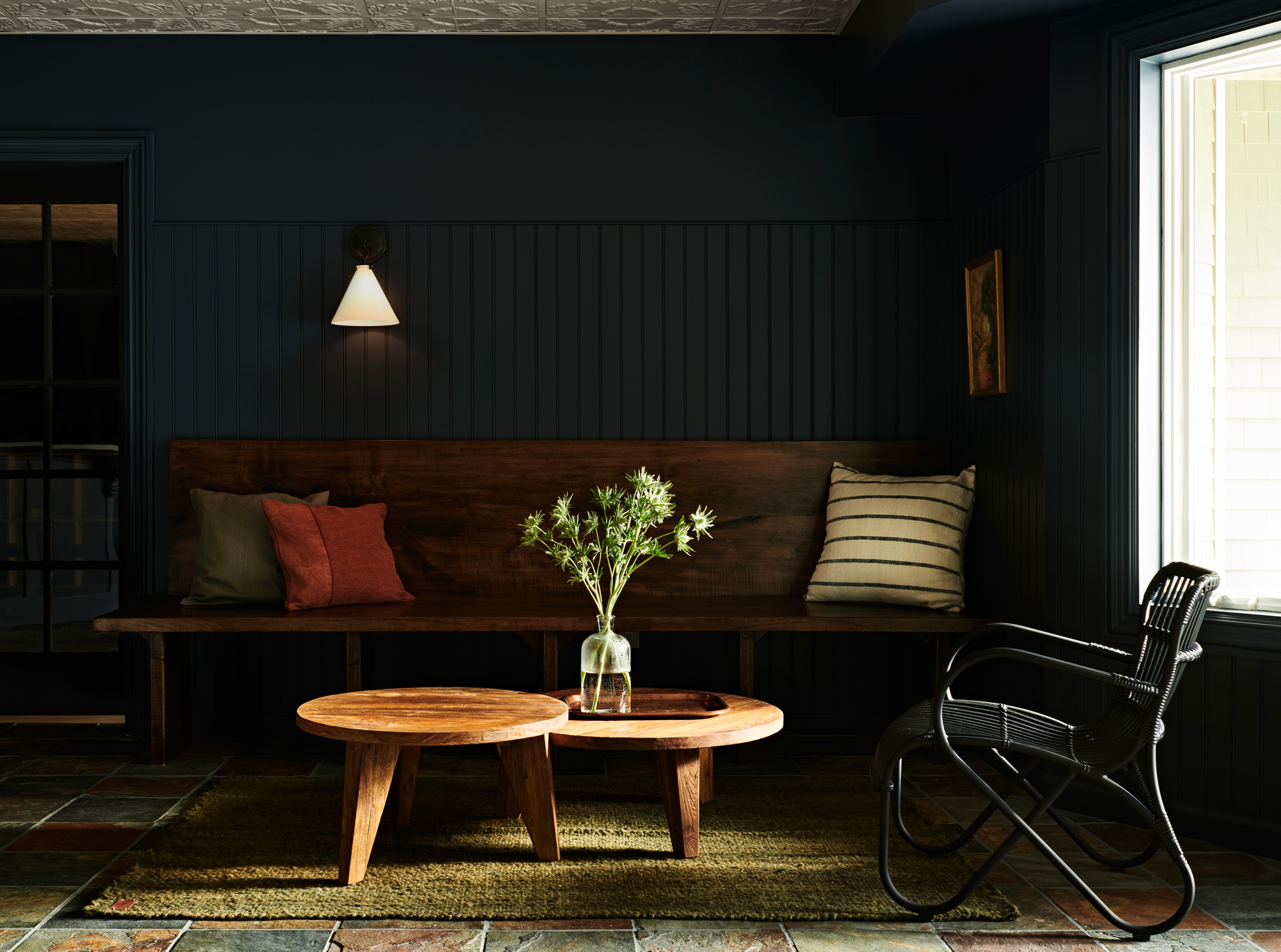
Another of wainscoting's winning factors is how affordable it is. 'It can be done very economically, as it's usually made from a lower grade of wood,' Melissa says. 'Because it'll be painted it often is made from something like MDF - it doesn't necessarily need to be high quality or expensive.'
Before you think this gives you carte blanche to order an entire home's worth of wainscoting, Anne gives a word of caution. 'It can [add quite a bit to the budget] – but I do think it provides a lot of punch for the cost,' she says. 'And if you're just containing it to one room, like a dining space or bathroom, then it can actually save you money. Painted beadboard for a bathroom is a lot more economical than a wall of tiles, for instance, and it'll bring you a sense of warmth that glossy tiles never could.'
Panels of beadboard, like this wainscoting from Amazon, start at around $15 each, while adding larger wooden slats starts at around $7.19 per square foot.
Should you paint wainscoting the same color as the walls?
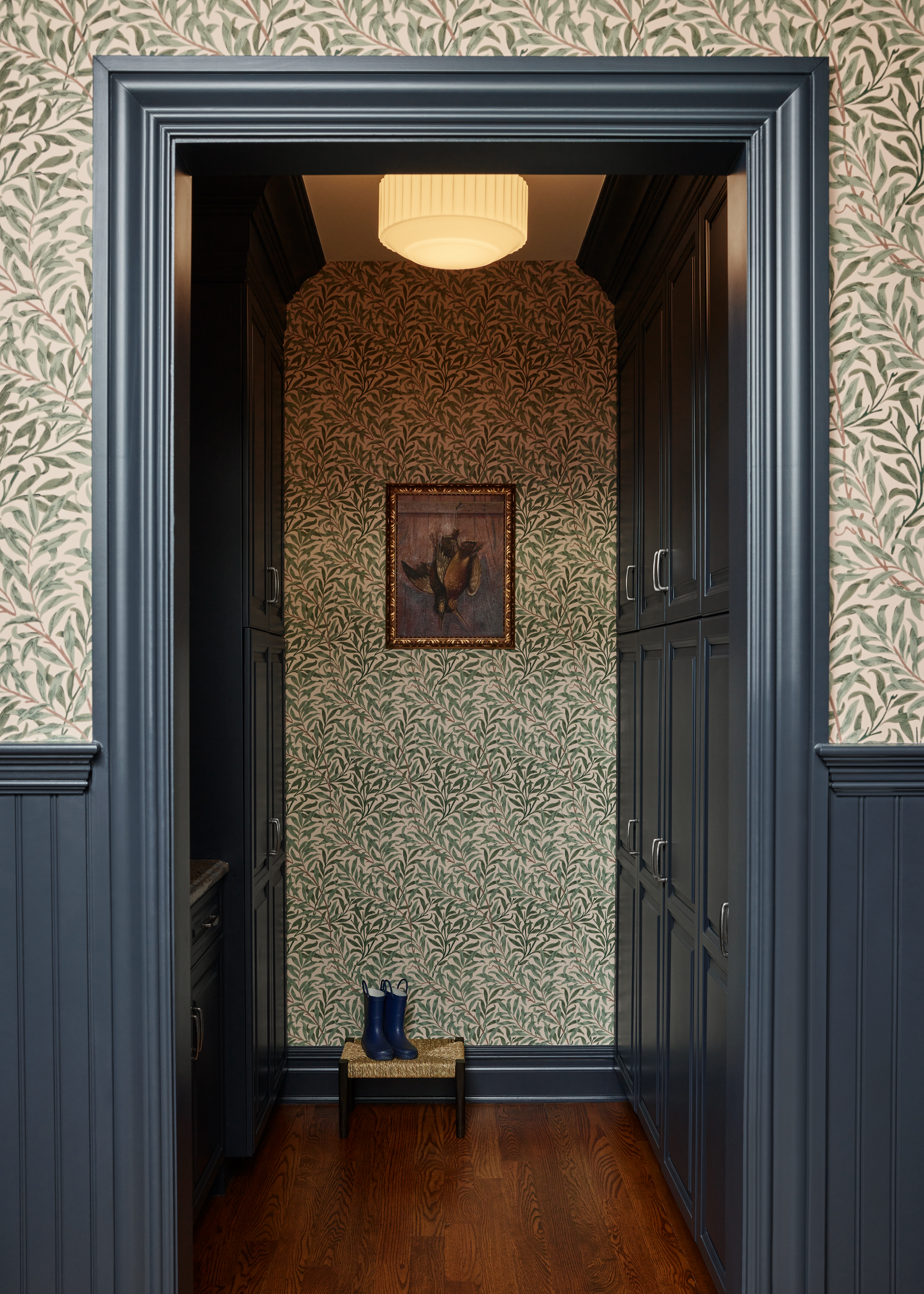
Wainscoting is meant to be fun – you're adding it in to create a sense of architecture and design that isn't there already. So you can play around with color choices and be as brave as you dare.'The sky is the limit,' Anne says, with glee. 'With wainscot you’re setting yourself up well to have a mural or wallpaper above it, which if I was going to do I'd have a single color as the foundation on the wainscot on the lower portion of the wall. One rule I do is that I would always do the wainscot and trim in the same color.'
Is wainscoting easy to maintain?
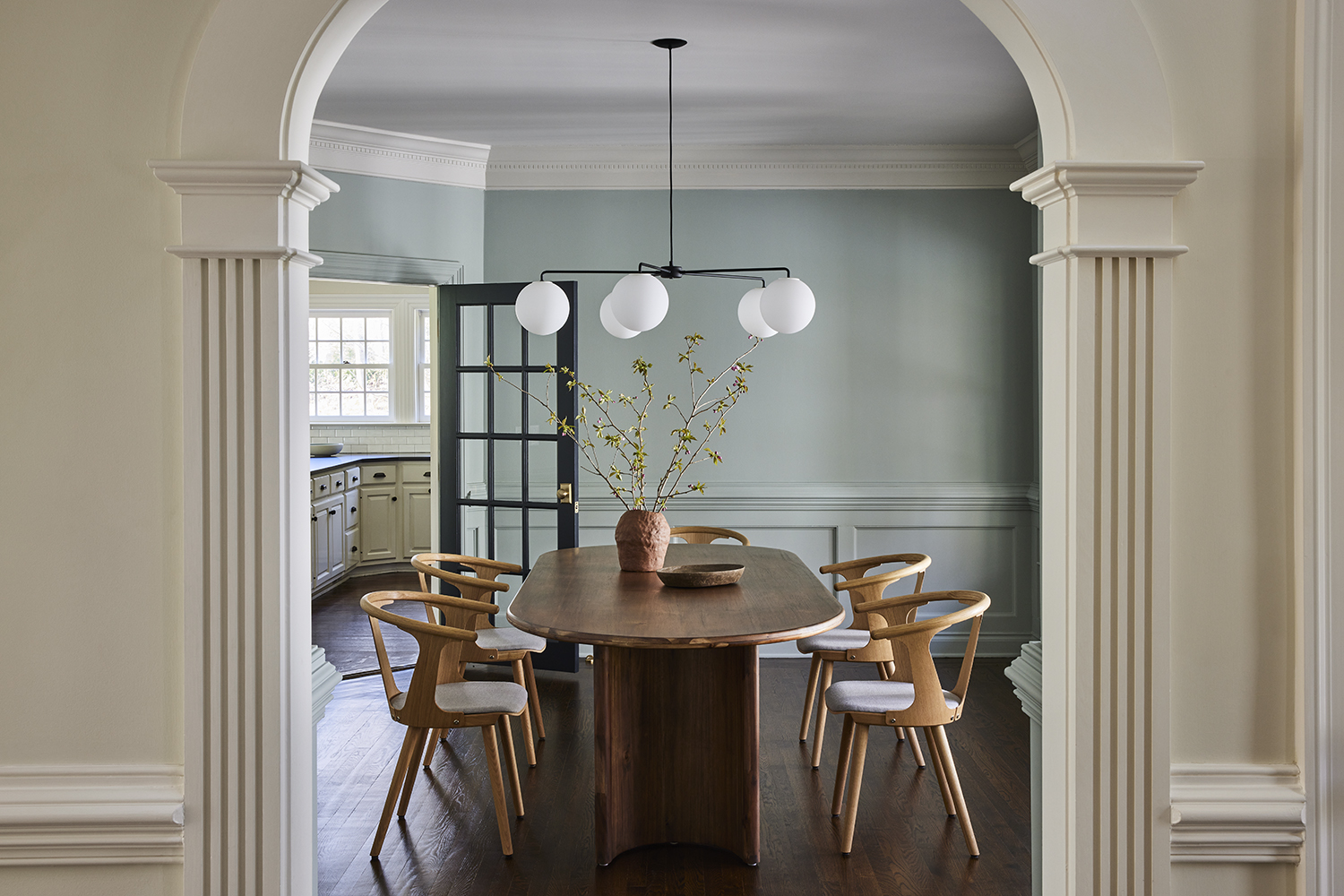
Once wainscoting is up on the walls and painted the right color, you really don't have to give it much thought.
'Historically, wainscoting was used for durability and to protect walls, so yes it’s very forgiving,' Melissa says. 'In fact, it's just like baseboard, or the casing around the windows,' Anne agrees. 'Once it's done, you really don't have to think about it at all.'
Should wainscoting be on every wall?
Wainscoting is a decorative style that you need to commit to – it doesn't make visual sense to have it on one wall in a room and not carry it through to the rest of them.
'I always think it's funny when molding isn’t carried through a room,' Melissa says. 'I don't; believe in statement wall, and when you just have a touch of wainscoting it ends up looking unintentional.'
Anne agrees unequivocably. When asked if wainscoting should be on every wall she simply answers: 'For sure - always!'
Does wainscoting make a room look bigger?
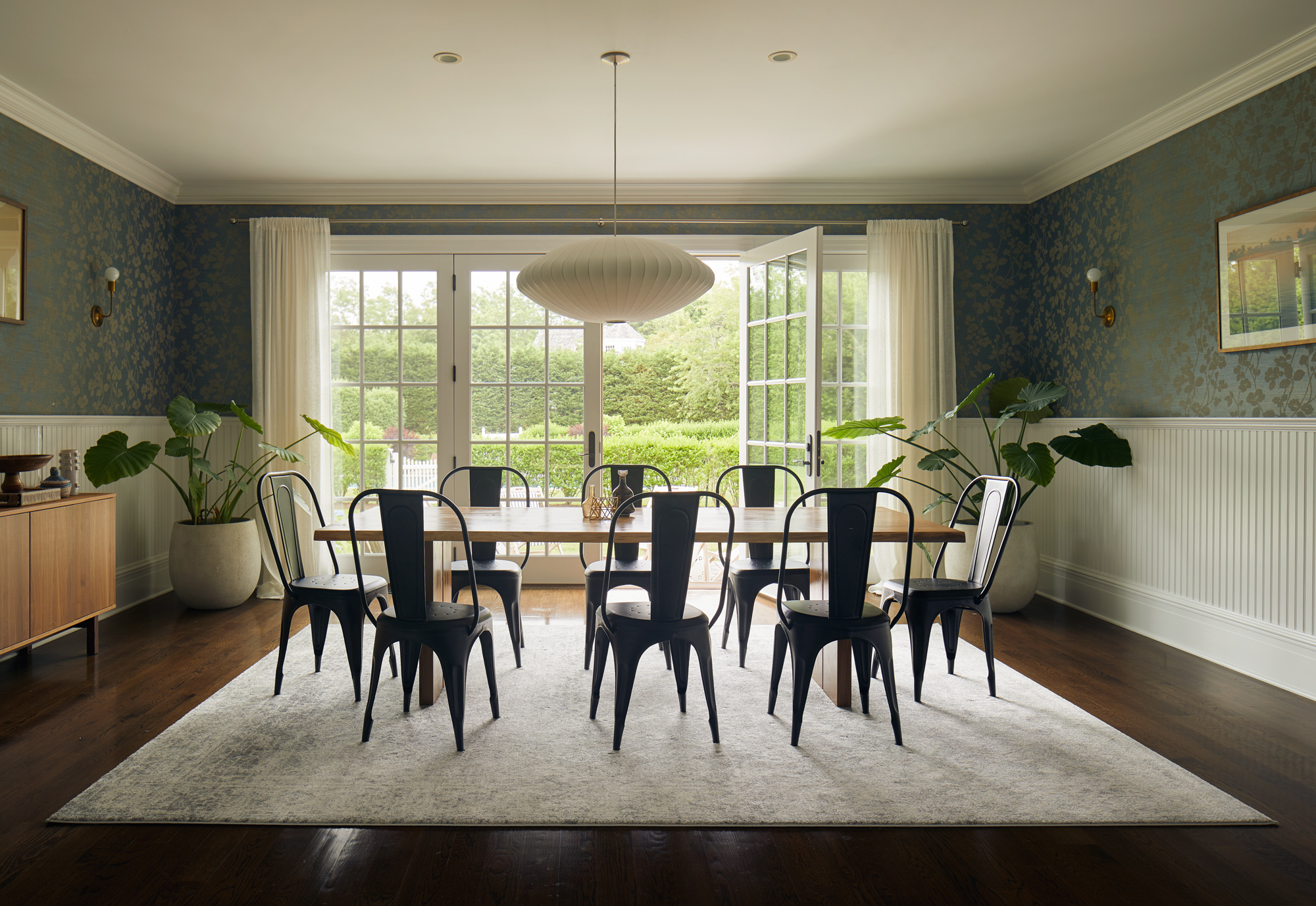
Unlike various paint colors or furniture layout tricks, wainscoting isn't a detail that makes a room feel any bigger than it already is. 'No, not bigger per se, but it definitely makes a room feel more cozy and soulful,' Melissa says.
If you have a tall room, it can help the eye to travel up the wall if you go full height, encouraging you to take in the full aspect of the space. But this is very much a secondary aspect of wainscoting. 'I don’t think it makes a room look larger or smaller,' Anne says. 'It just adds really important interest, and makes you feel a bit more anchored, which is more important than just a sense of square footage.'
Does wainscoting add value to a home?
Not that adding value should be the deciding factor of every decorative decision, but if you're planning on selling your project then you can do a lot worse than adding wainscoting, which can definitely add value to the homes it's used in.
'Oh I think it definitely adds value,' Anne says. 'It’s an element that not every room has in it, and so it makes the space it's in feel special and elevated. It really manages to drive the aesthetic of the home.'
Melissa agrees. 'Wainscoting absolutely adds value,' she says. 'Adding character to any property is always right as it gives the space a more layered and elevated feel.'
Where to buy wainscoting
Sign up to the Homes & Gardens newsletter
Design expertise in your inbox – from inspiring decorating ideas and beautiful celebrity homes to practical gardening advice and shopping round-ups.
Pip Rich is an interiors journalist and editor with 20 years' experience, having written for all of the UK's biggest titles. Most recently, he was the Global Editor in Chief of our sister brand, Livingetc, where he now continues in a consulting role as Executive Editor. Before that, he was acting editor of Homes & Gardens, and has held staff positions at Sunday Times Style, ELLE Decoration, Red and Grazia. He has written three books – his most recent, A New Leaf, looked at the homes of architects who had decorated with house plants. Over his career, he has interviewed pretty much every interior designer working today, soaking up their knowledge and wisdom so as to become an expert himself.
-
 Ina Garten's storage pantry is an insightful window into all of the best cookware used by the chef – and it's easy to recreate on your kitchen shelves from $48
Ina Garten's storage pantry is an insightful window into all of the best cookware used by the chef – and it's easy to recreate on your kitchen shelves from $48The beautiful dishware in The Barefoot Contessa's Hamptons pantry showcases the tools she uses most often to cook – this is exactly how you replicate it
By Sophie Edwards Published
-
 Extend the lifespan of your appliance with 5 simple but crucial washing machine maintenance tips
Extend the lifespan of your appliance with 5 simple but crucial washing machine maintenance tipsFrom cleaning the filters to keeping the door open, experts reveal the washer tips they swear by
By Andy van Terheyden Published

